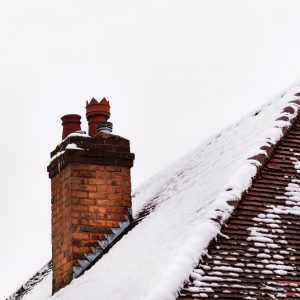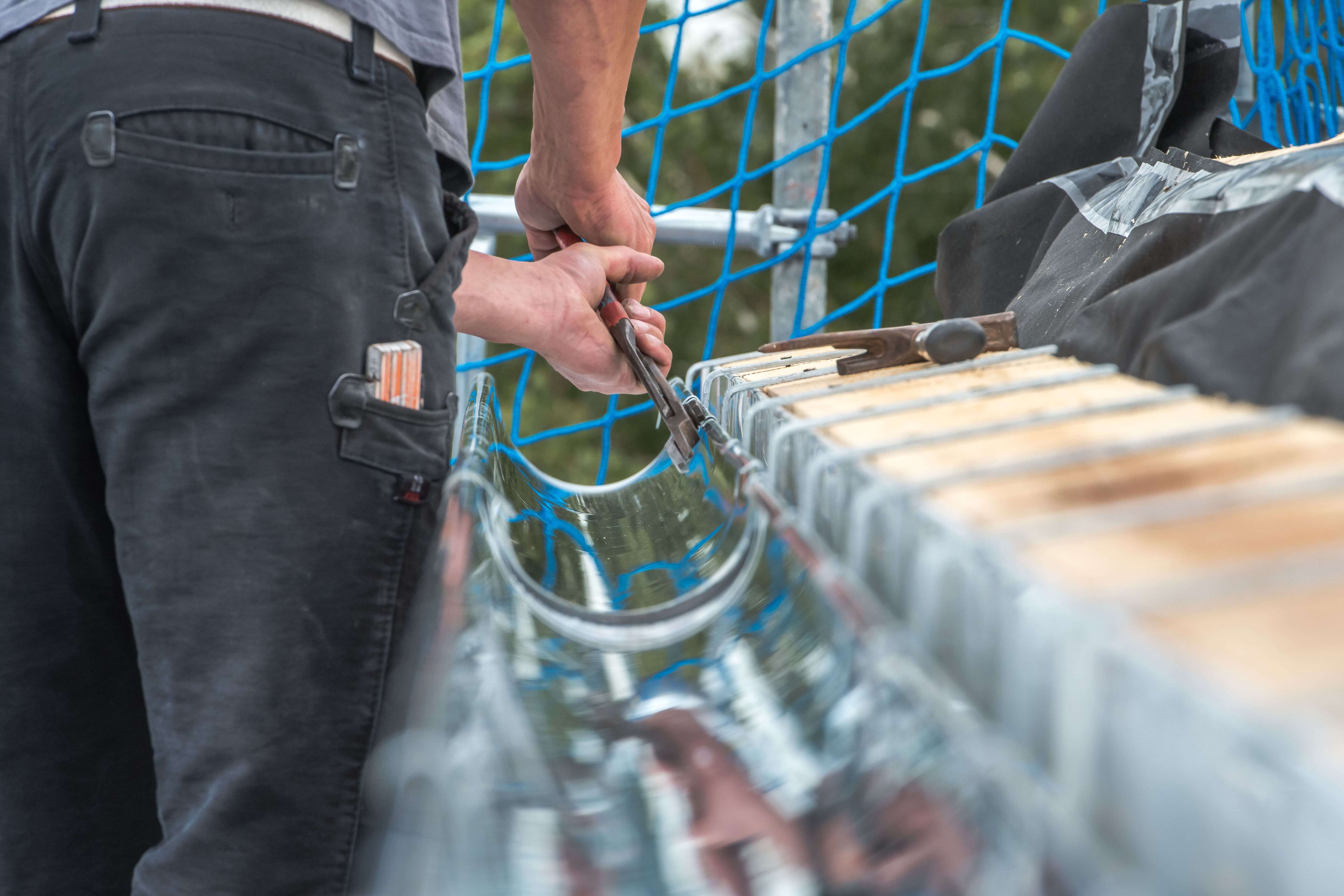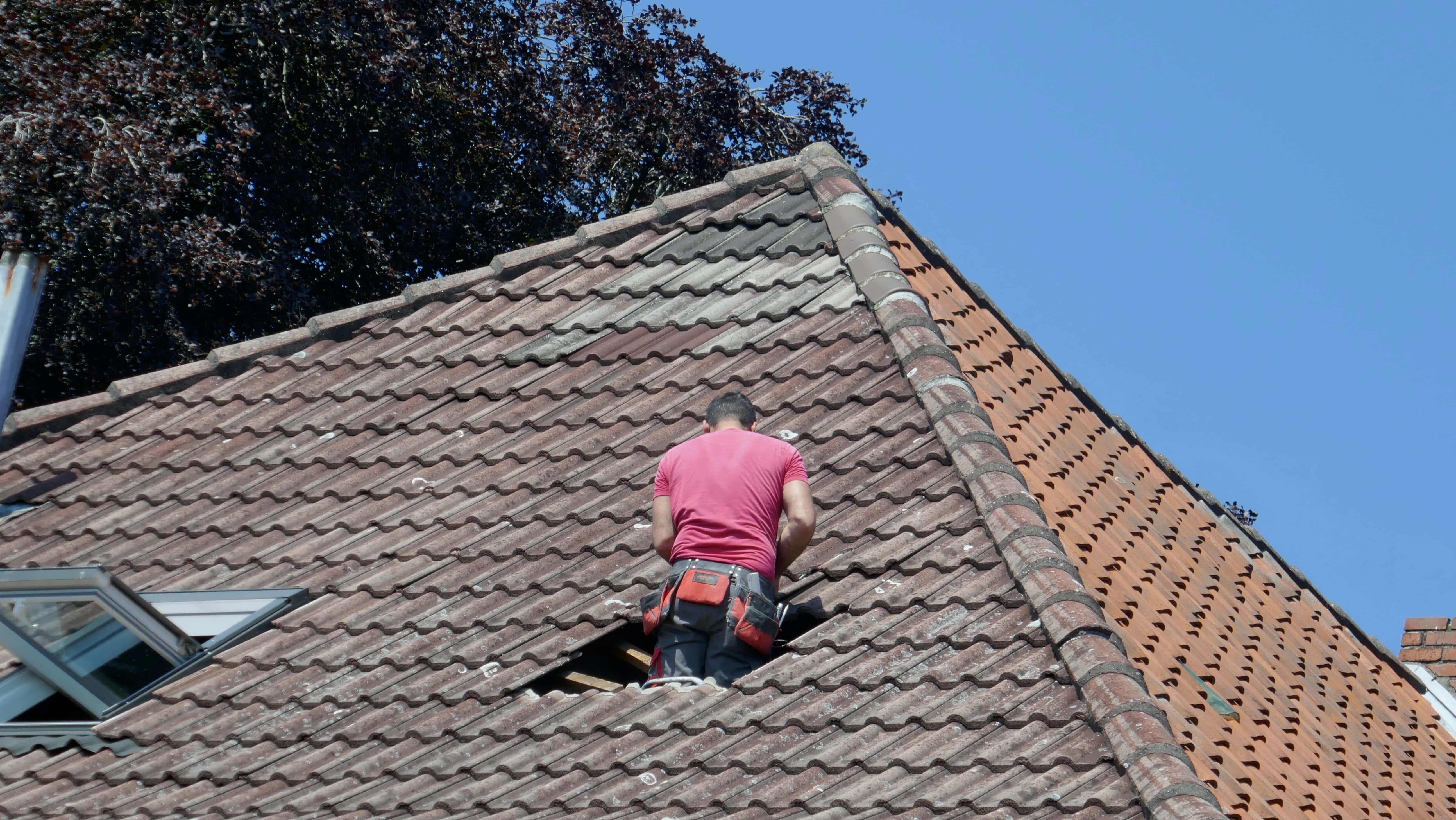The Ultimate Guide to Roof Repairs: Everything You Need to Know
Your roof is one of the most important components of your home. It protects you from the elements, insulates your living space, and contributes to the overall structural integrity of your property. However, like any part of a home, roofs are susceptible to wear and tear, and over time, they may require repairs to maintain their effectiveness. Whether you’re dealing with a minor issue like a loose tile or a more significant problem such as a leak, understanding the basics of roof repairs can help you make informed decisions and protect your investment.
In this comprehensive guide, we’ll explore the most common types of roof repairs, signs that your roof needs attention, and the best practices for maintaining a healthy roof.
Common Types of Roof Repairs
Roof repairs can vary widely depending on the type of roof you have, the materials used, and the specific issue at hand. Here are some of the most common roof repairs homeowners may encounter:
1. Shingle Replacement
What It Is:
Shingle roofs are popular for their affordability and durability, but over time, shingles can crack, curl, or blow off in high winds. Replacing damaged or missing shingles is a common repair that helps prevent leaks and extends the life of the roof.
When It’s Needed:
- Cracked or curling shingles: These can allow water to penetrate the underlying layers of the roof, leading to leaks and potential structural damage.
- Missing shingles: This is often caused by severe weather and should be addressed immediately to prevent further damage.
2. Flashing Repairs
What It Is:
Flashing refers to the metal strips installed around roof features like chimneys, skylights, and vents to prevent water from seeping into joints and seams. Over time, flashing can corrode, crack, or come loose, leading to leaks.
When It’s Needed:
- Rust or corrosion: This weakens the flashing and can lead to water infiltration.
- Loose or damaged flashing: This can occur due to age, poor installation, or severe weather conditions.
3. Gutter Repairs
What It Is:
Gutters play a crucial role in directing water away from your roof and foundation. However, gutters can become clogged with debris, develop leaks, or detach from the roof due to damage or improper installation.
When It’s Needed:
- Clogged gutters: This can cause water to overflow, leading to roof damage and potential leaks.
- Leaking or detached gutters: If gutters aren’t functioning properly, water can seep into your roof or foundation, causing significant damage.
4. Chimney Stack and Lead Flashing Repairs
What It Is:
Chimney stacks and the surrounding lead flashing are particularly vulnerable to damage. Cracks in the chimney or deteriorated lead flashing can allow water to penetrate your roof.
When It’s Needed:
- Cracked chimney stack: Visible cracks can lead to leaks and should be repaired promptly.
- Deteriorated lead flashing: This can allow water to seep in and cause damage to the surrounding roof area.
5. Roof Leak Repairs
What It Is:
Roof leaks are among the most common and serious issues homeowners face. Leaks can be caused by damaged shingles, flashing issues, clogged gutters, or structural problems.
When It’s Needed:
- Water stains on ceilings or walls: These are often the first signs of a roof leak.
- Damp or mouldy loft: This indicates moisture is getting into your roof space, likely from a leak.
6. Pitched and Flat Roof Repairs
What It Is:
Both pitched and flat roofs require specific repairs based on their design and materials. For example, flat roofs may develop issues with drainage, while pitched roofs might suffer from shingle damage or leaks around roof valleys.
When It’s Needed:
- Poor drainage on flat roofs: This can lead to water pooling and eventually cause leaks or structural damage.
- Valley leaks on pitched roofs: The valleys of pitched roofs are prone to leaks and should be regularly inspected and maintained.
Signs Your Roof Needs Repairs
Recognizing the early signs of roof damage can save you from costly repairs and extensive damage down the road. Here are some indicators that your roof may need professional attention:
1. Water Stains on Ceilings or Walls
Water stains are often the first visible sign of a roof leak. If you notice discolored patches on your ceiling or walls, it’s essential to investigate the source immediately.
2. Missing, Cracked, or Curling Shingles
Shingles that are missing, cracked, or curling are no longer providing adequate protection against the elements. This makes your roof vulnerable to leaks and water damage.
3. Sagging Roof
A sagging roof is a serious issue that could indicate structural problems. It may be caused by water damage, a weakened foundation, or issues with the roofing materials. This requires immediate professional inspection and repair.
4. Mold or Moss Growth
Mold or moss growing on your roof can indicate trapped moisture, which can lead to rot and decay. While some moss is not necessarily harmful, it can create an environment that promotes further roof damage.
5. Increased Energy Bills
A sudden spike in your energy bills may indicate that your roof is no longer providing proper insulation. Damaged roofing materials can allow heat to escape in the winter and cool air to leak out in the summer, leading to higher energy costs.
The Roof Repair Process: What to Expect
Understanding the roof repair process can help you prepare for the work and know what to expect from your roofing contractor. Here’s a general overview of the steps involved in a typical roof repair:
1. Initial Inspection
The first step in any roof repair is a thorough inspection. A professional roofer will assess the condition of your roof, identify the areas that need attention, and recommend the appropriate repairs.
2. Estimate and Approval
After the inspection, the roofer will provide you with an estimate for the repair work. This estimate will include the cost of materials, labor, and any additional expenses. Once you approve the estimate, the repair work can begin.
3. Repair Work
The actual repair work will vary depending on the type of repair needed. For example:
- Shingle replacement: The roofer will remove the damaged shingles and replace them with new ones.
- Flashing repair: The roofer will replace or repair the flashing around roof features.
- Gutter repair: The roofer will clear any debris, fix leaks, and reattach any loose gutters.
4. Final Inspection
After the repairs are complete, a final inspection is conducted to ensure that all issues have been addressed and that the roof is in good condition. The roofer will also check for any additional concerns that may need attention in the future.
5. Maintenance Recommendations
Once the repair work is finished, your roofer may offer recommendations for ongoing roof maintenance. Regular maintenance can help extend the life of your roof and prevent future issues.
Preventative Roof Maintenance: Keeping Your Roof in Top Shape
While roof repairs are sometimes unavoidable, there are steps you can take to minimize the risk of damage and extend the life of your roof. Here are some preventative maintenance tips:
1. Regular Inspections
Schedule regular roof inspections, especially after severe weather events. A professional inspection can catch small problems before they become major issues.
2. Keep Gutters Clean
Clean your gutters regularly to prevent blockages that can lead to water damage. Consider installing gutter guards to reduce the amount of debris that enters your gutters.
3. Trim Overhanging Trees
Trim any tree branches that hang over your roof. Overhanging branches can drop leaves and debris onto your roof, clogging gutters and causing damage to shingles.
4. Address Issues Promptly
If you notice any signs of roof damage, such as missing shingles or leaks, address them immediately. Delaying repairs can lead to more extensive damage and higher repair costs.
5. Maintain Roof Ventilation
Proper roof ventilation is essential for preventing moisture build up and maintaining the longevity of your roof. Ensure that your attic is adequately ventilated to allow for airflow and reduce the risk of mould growth.
When to Consider a Roof Replacement
While repairs can extend the life of your roof, there comes a time when replacement is the more cost-effective option. Here are some signs that it might be time to consider a full roof replacement:
1. Age of the Roof
Most roofs have a lifespan of 20 to 25 years. If your roof is nearing the end of its expected life, frequent repairs may no longer be enough to keep it in good condition.
2. Extensive Damage
If your roof has widespread damage, such as multiple leaks, significant shingle loss, or structural issues, a replacement may be more practical and cost-effective than trying to repair multiple areas.
3. Persistent Leaks
If you’ve had recurring problems with leaks despite multiple repairs, it may be time to replace your roof. Persistent leaks can indicate underlying issues that a simple repair won’t solve.
4. Deteriorating Roof Materials
If you notice that your roofing materials are deteriorating, such as granules in your gutters from asphalt shingles, it’s a sign that your roof is no longer providing adequate protection and may need to be replaced.
Conclusion: Trust the Experts for Your Roof Repairs
Roof repairs are an essential part of home maintenance, ensuring that your property remains protected from the elements and structurally sound. Whether you’re dealing with minor shingle damage or a more serious issue like a leak, addressing problems promptly can save you time, money, and stress.
At SPS Roofing Services, we specialize in a wide range of roof repairs, from minor fixes to major restorations. Our experienced team is dedicated to providing high-quality service, using the best materials and techniques to keep your roof in top condition. With over 19 years of experience serving homeowners in Newcastle and the surrounding areas, you can trust us to handle all your roofing needs.



